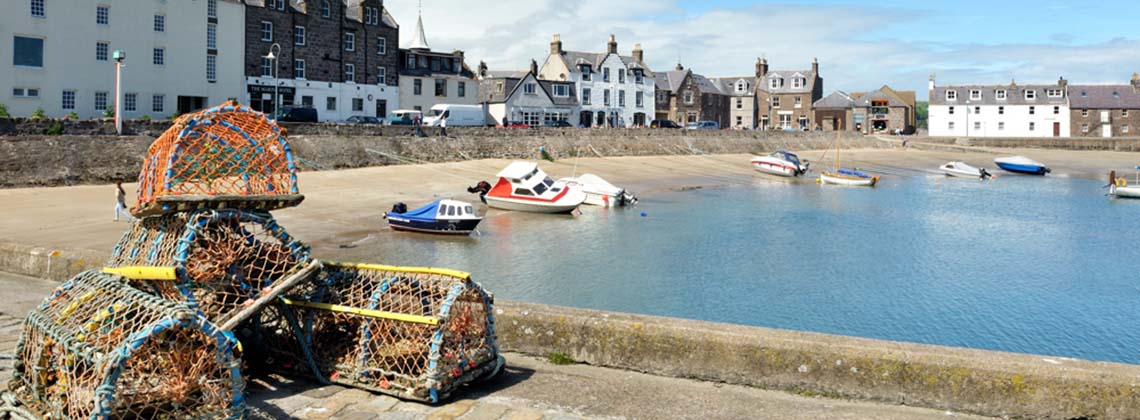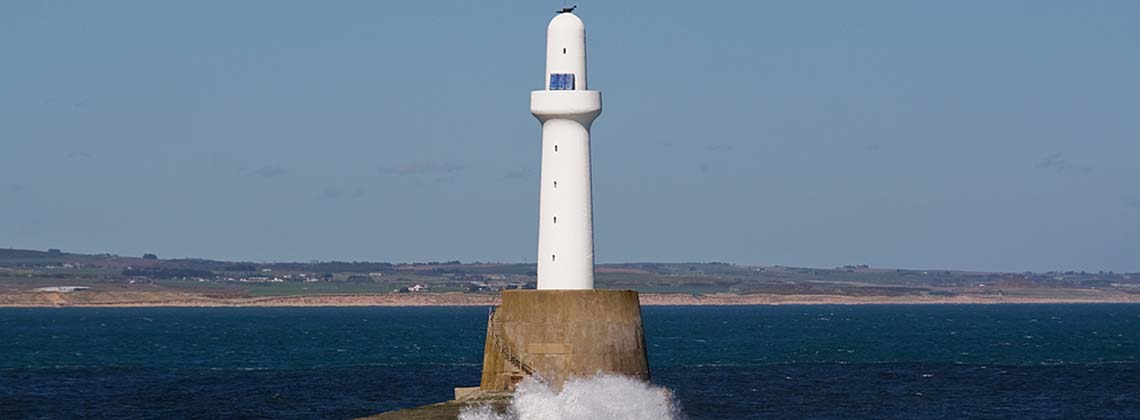Changes to the VAT Flat Rate Scheme
The VAT Flat Rate Scheme (FRS) is designed as a simplified accounting scheme for small businesses with a turnover no more than £150,000 a year, excluding VAT. Businesses determine which flat rate percentage to use by reference to their trade sector. Therefore they have to determine their own category. So far so good!
Changes announced in the Autumn Statement
From 1 April 2017, businesses using the scheme must also determine whether they meet the definition of a limited cost trader. The point of this change is that if affected, these businesses will need to apply a new, higher flat rate percentage. This could potentially make the FRS much more expensive and may even mean a switch to another method of VAT calculation. The Chancellor sees these changes as ‘tackling aggressive abuse of the VAT Flat Rate Scheme’.
What is a limited cost trader (LCT)?
The exact definition will be included in new legislation but a limited cost trader is deemed as one that spends less than 2% of its VAT inclusive turnover on goods (not services) in an accounting period.
When working out the amount spent on goods, it cannot include purchases of:
- capital goods (such as new equipment used in a business)
- food and drink (such as lunches for staff)
- vehicles or parts for vehicles (unless running a vehicle hiring business)
A firm will also be a limited cost trader if it spends less than £1,000 a year, even if this is more than 2% of the firm's turnover, on goods. If the accounting period is not one year, the figure is the relevant proportion of £1000.
What is the new LCT flat rate scheme percentage?
Limited cost traders can still use the Flat Rate Scheme, but their percentage will be 16.5%. So if they sell £120 of work, including £20 of VAT, the flat rate amount is £19.80 (£120 x 16.5%).
Who will this affect?
The 16.5% rate may be quite a rise on the existing one used by many businesses. An obvious example is the accountant in practice who may traditionally spend very little on ‘goods’ and currently uses a 14.5% rate. Labour intensive businesses may also include categories such as IT contractors, consultants, hairdressers and solicitors who all are currently using HMRC rates that are lower.
To complicate things further – there are transitional measures!
HMRC's explanation of these measures is:
- Anti-forestalling provisions - Paying or invoicing in advance to avoid an increase in tax is known as forestalling. Anti-forestalling legislation was published on 23 November 2016 and should be read alongside this guidance. This can be found in sections 8.2 and 9.7 of VAT Notice 733: Flat rate scheme for small businesses. It is designed to prevent any business defined as a limited cost trader from continuing to use a lower flat rate beyond 1 April 2017. This will affect a business that supplies a service on or after 1 April 2017 but either issues an invoice or receives a payment for that supply before 1 April 2017.
When do the changes officially commence?
Draft secondary legislation will be published on legislation day 5 December 2016 and businesses will be able to comment on the draft legislation. HMRC has said that ‘To support businesses, we will introduce an easy-to-use online tool that will help determine whether they should use the new rate’.
Source ACCA
For more information see our News section.
Call us on +44 1224 228294 or e-mail info@findlaybrown.co.uk for more information





